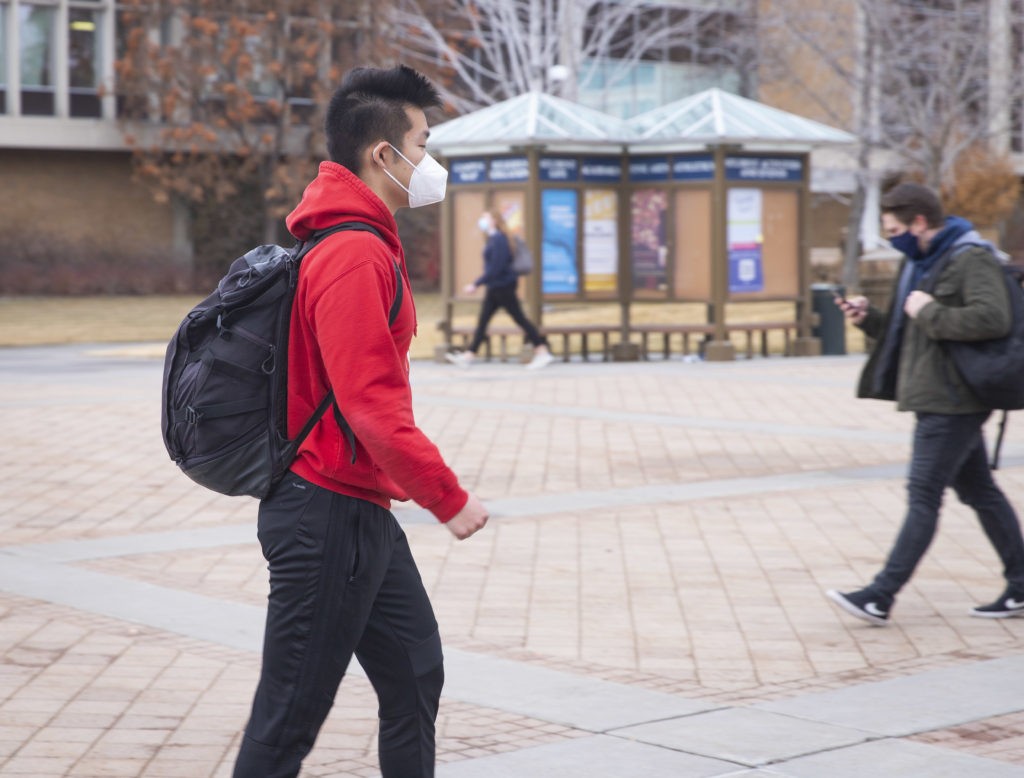
The Centers for Disease Control and Prevention released new mask requirements at the end of January, including mandatory face coverings on all public transportation as well as in transportation hubs.
“Effective Feb. 2, 2021, masks are required on planes, buses, trains, and other forms of public transportation traveling into, within, or out of the United States and in U.S. transportation hubs such as airports and stations,” the CDC said.
While this may be a change for the way BYU students get to campus and travel in general, the mask-wearing protocols have not changed for when students are on campus.
“Most students I think are doing their best. Unfortunately, some violate protocols about mask wearing out of forgetfulness or fatigue,” said BYU public health professor Chantel Sloan.
BYU’s current guidelines say students, faculty and campus visitors must wear masks in classrooms, inside all buildings and any time they are within six feet of an individual who does not live with them.
Face masks must cover the mouth and nose and cannot be “crocheted or made of lace, mesh, or similar open weblike construction or material,” according to the guidelines. Face shields do not meet those requirements on the BYU campus.
BYU students have overall adhered to campus mask mandates, but Sloan said they need to continue to be diligent.
“We are playing defense against a respiratory virus that is becoming more contagious, not less,” Sloan said.
President Joe Biden enacted an executive order on his first day in office to require mask-wearing in all federal buildings. Masks are also currently required in all state buildings in Utah.
A global topic of conversation since the virus began is the CDC’s recommendation as to the most and least effective face coverings and techniques.
According to the CDC, face shields are, “not recommended: evaluation of face shields is ongoing, but effectiveness is unknown at this time.”
The CDC also advises that while it may be tempting to substitute a scarf as a mask, it is not yet proven to be effective in stopping the spread of the virus.
Dr. Anthony Fauci, director of the National Institute of Allergy and Infectious Diseases, has been making headlines lately in regards to his statement on double masking during the Today show.
“So if you have a physical covering with one layer, you put another layer on, it just makes common sense that it likely would be more effective. That’s the reason why you see people either double masking or doing a version of an N95,” Fauci said on the show.
While the N95 masks have been proven to be the most effective mask against the virus, the CDC tells people to not purchase those masks in order to save them for healthcare personnel.
“Do not choose masks that are intended for healthcare workers, including N95 respirators or surgical masks,” the CDC says.
The CDC has not yet tested the effectiveness of double masking against the virus.




